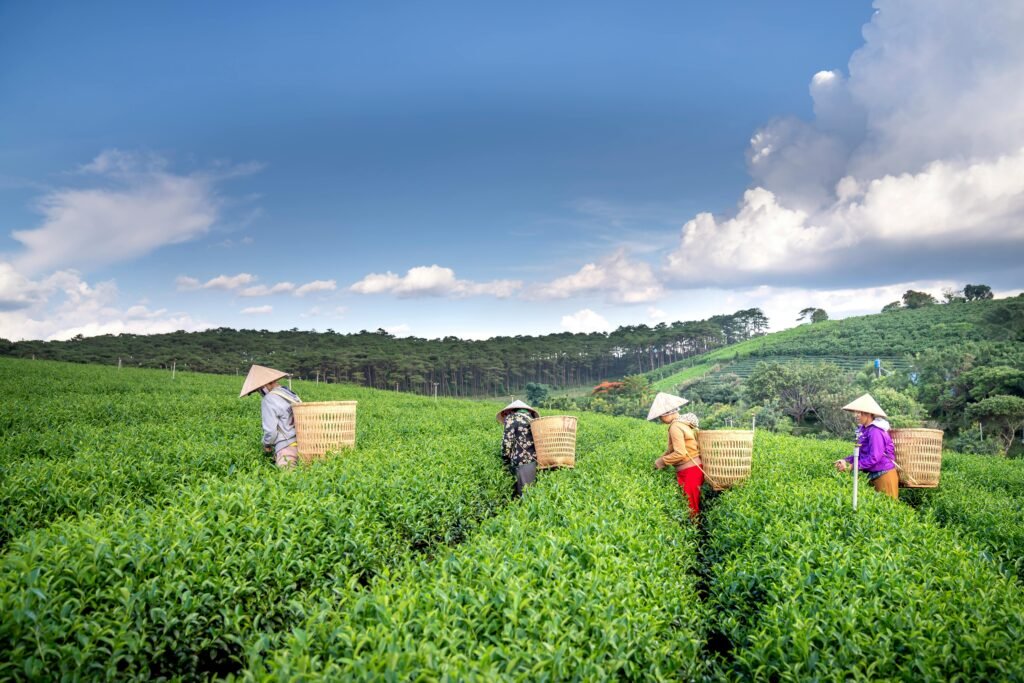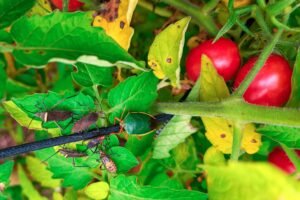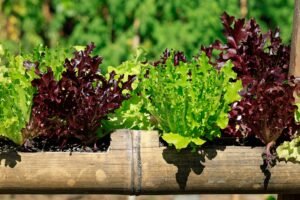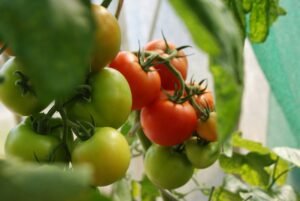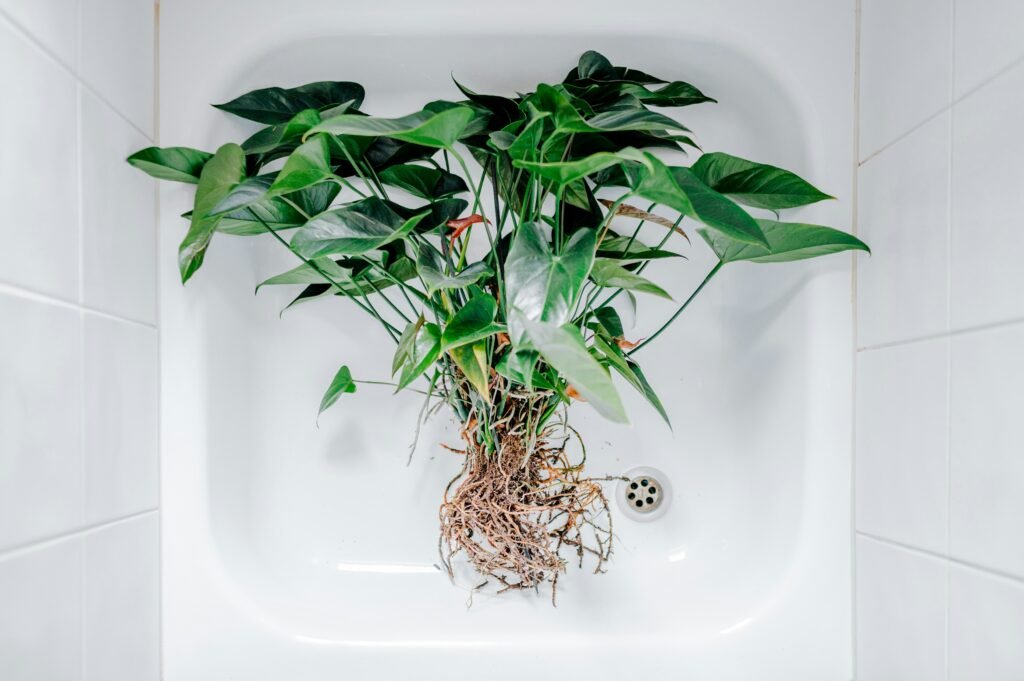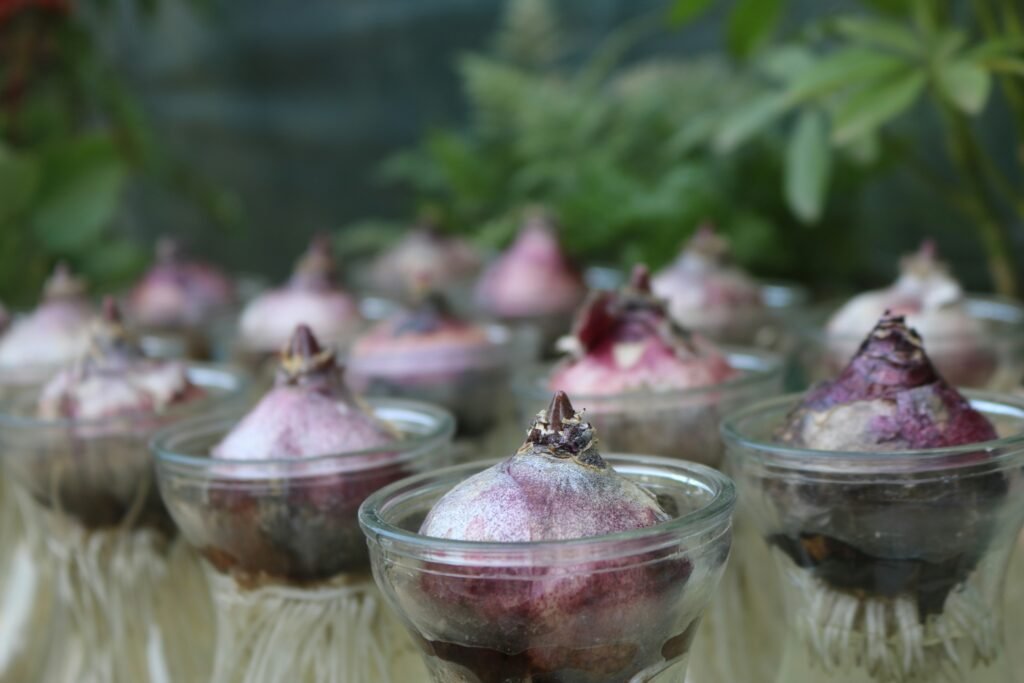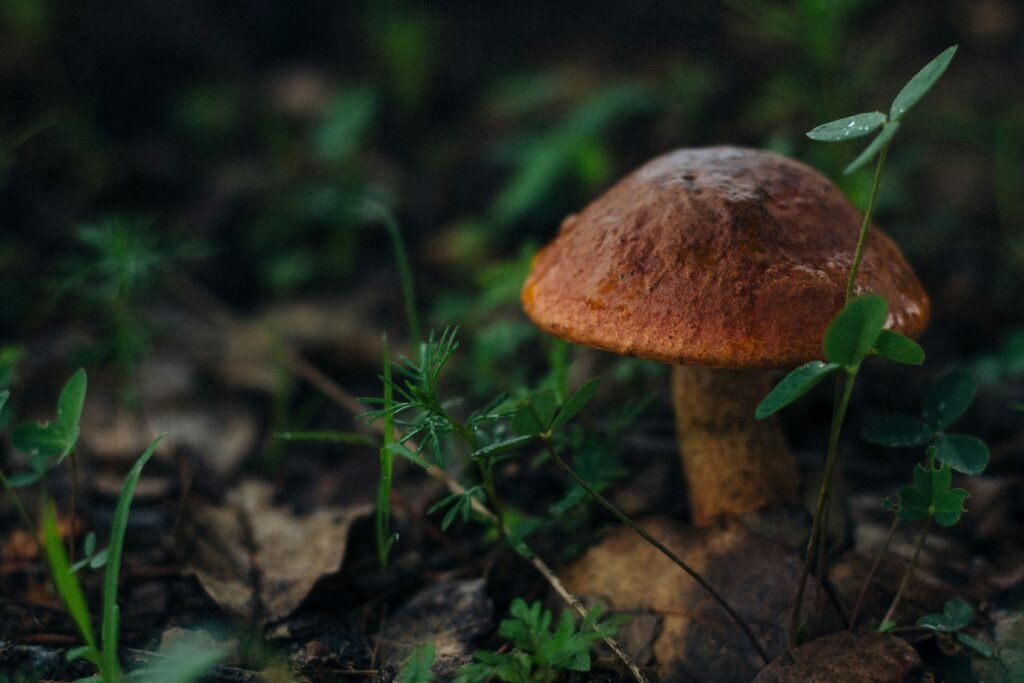Understanding Plant Yield in Hydroponics
Hydroponic systems offer unique advantages over traditional soil-based growing, particularly in terms of maximizing plant yield. In conventional agriculture, plant yield is often limited by soil quality, pest infestations, and varying environmental conditions. Conversely, hydroponics allows for a more controlled environment, leading to potentially higher yields. Understanding the nuances of plant yield in hydroponics involves recognizing several critical factors that influence growth rates and productivity.
One significant factor is lighting. In a hydroponic system, artificial lighting such as LED or fluorescent lights can be precisely managed to optimize photosynthesis, the process by which plants convert light into energy. By controlling the intensity, duration, and spectrum of light, growers can ensure that plants receive the optimal amount of energy needed for growth, which directly translates to increased yields.
Another crucial element is the nutrient solution. Unlike soil-grown plants that extract nutrients from the soil, hydroponic plants rely on a carefully formulated nutrient solution to get all essential minerals. The concentration and composition of these nutrients must be meticulously monitored and adjusted to meet the specific needs of different plant species and growth stages. A balanced nutrient solution contributes significantly to plant health and yield, as nutrient deficiencies or excesses can severely impact growth.
Environmental conditions also play a pivotal role in maximizing plant yield in hydroponics. Factors such as temperature, humidity, and CO2 levels can be precisely regulated to create an optimal growth environment. For example, maintaining a stable temperature range and appropriate humidity levels can prevent stress and promote more consistent growth rates. Additionally, elevating CO2 concentrations can enhance photosynthetic efficiency, thereby further increasing yields.
In sum, hydroponic systems provide a controlled environment where factors like lighting, nutrients, and environmental conditions can be optimized to maximize plant yield. Understanding these variables and how they interact is crucial for anyone looking to achieve high productivity in hydroponic growing systems.
The Role of Plant Spacing in Yield Optimization
Proper plant spacing is an integral factor when aiming to maximize yields in hydroponic systems. Striking the right balance can ensure that each plant has adequate access to essential resources, thereby promoting optimal growth and maximum yield. In hydroponics, poor spacing can lead to several critical issues that could negatively impact overall plant health and productivity.
Overcrowding in any hydroponic setup leads to a competitive environment among plants for vital resources such as light, water, and nutrients. This competition can inhibit growth, as individual plants struggle to obtain the essentials needed for development. Furthermore, overcrowded conditions can create an environment conducive to the spread of diseases and pests. Close proximity of plants often means that a disease or pest problem can rapidly affect an entire crop, reducing yield significantly.
Conversely, excessively sparse spacing can also pose challenges. While ensuring adequate space between plants minimizes competition and disease spread, it also risks underutilizing the available growing area. This underutilization can result in a lower total yield, as the space intended for cultivation is not being fully exploited. Effective plant spacing seeks to achieve a balance whereby each plant receives sufficient resources while also making the most of the available growing space.
Implementing the correct plant spacing requires consideration of several variables, including the specific type of plant being grown, the hydroponic system in use, and the expected growth size of the crop. By carefully planning and adjusting plant spacing, hydroponic growers can create an environment that supports robust growth, reduces the likelihood of resource competition, and mitigates the risk of disease spread. This balanced approach ultimately leads to the optimization of plant yield, making proper spacing an essential practice in successful hydroponic agriculture.
Determining Optimal Spacing for Different Crop Types
In hydroponic systems, proper plant spacing is essential to maximize yield and ensure healthy crop development. Different plants have varied spacing requirements due to their unique growth habits and sizes. Understanding these needs can greatly influence the success of a hydroponic garden.
For instance, lettuce, a commonly grown hydroponic crop, thrives with a spacing of about 6 to 8 inches between plants. This allows adequate airflow and light penetration, reducing the risk of mildew and promoting uniform growth. Additionally, lettuce’s relatively compact growth habit means it can be grown in closer proximity compared to larger crops.
On the other hand, tomatoes require significantly more space due to their larger size and branching nature. A spacing of 18 to 24 inches between tomato plants is advisable. This ensures that each plant has sufficient room to spread out its roots and foliage, which is crucial for optimal fruit production. Furthermore, providing ample space helps in minimizing issues like fungal diseases by facilitating better air circulation around each plant.
When it comes to herbs such as basil, parsley, and cilantro, spacing can vary slightly depending on the specific herb. However, a general guideline is to maintain a 6 to 12-inch gap between each herb plant. Herbs often have denser foliage, and adequate spacing helps prevent overcrowding, which can stifle growth and reduce yields.
Peppers, whether sweet or hot varieties, benefit from spacing similar to that of tomatoes. A distance of 12 to 18 inches between plants is recommended. This allocation allows pepper plants to develop robust stems and an expansive root system necessary for supporting heavy fruit loads.
Ultimately, considering the specific space requirements and growth habits of each crop type is vital in optimizing a hydroponic system. Implementing the appropriate spacing parameters not only enhances plant health and productivity but also ensures efficient resource use within the growing environment.
Techniques for Effective Plant Spacing
Proper plant spacing in hydroponic systems is critical for maximizing yield and ensuring healthy plant growth. One effective technique is grid planting, where plants are arranged in a structured grid. This method ensures that each plant has enough room to access light and nutrients, reducing competition. Growers can use adjustable grids to cater to various plant sizes and growth stages, facilitating optimal conditions throughout the growing cycle.
Another useful approach is the implementation of tiered systems. By stacking multiple layers of plants, tiered systems make efficient use of vertical space, which is especially beneficial in confined environments. This method not only maximizes the number of plants that can be grown but also allows for better light distribution to all tiers, promoting uniform growth and reducing shading issues.
Using spacers and markers is also a practical way to maintain consistent spacing. Spacers can be customized to suit specific crop requirements and can be easily adjusted as plants grow. Markers, on the other hand, act as visual aids to help cultivators plant at uniform distances, ensuring that each plant has adequate space to flourish. These tools are particularly useful in large-scale operations where precision is paramount.
Planning and continually adjusting plant spacing as they develop is crucial. Hydroponic systems often involve rapid growth rates, necessitating regular monitoring and adjustment. Initial spacing should account for future plant size, preventing overcrowding and optimizing light penetration. Regular checks and re-spacing, if needed, help prevent issues such as light deprivation and nutrient competition, ultimately leading to healthier plants and increased yields.
Incorporating these techniques into your hydroponic setup can significantly improve plant health and productivity. Ensuring effective plant spacing through these methods will lead to a more efficient and successful hydroponic operation, making the most out of the resources and space available.
Proper plant spacing significantly impacts light distribution, an essential factor for photosynthesis and overall plant health. In hydroponic systems, where space is often optimized for the highest yield, ensuring that every plant receives adequate light is crucial. Crowded setups can lead to shadowing, where taller or larger plants block light from reaching their shorter counterparts, inhibiting their growth and reducing the efficiency of the entire system.
Strategically arranging plants to minimize shadowing is one of the primary methods to enhance light penetration. This involves careful planning, such as alternating plant heights and staggering their positions to create a more even distribution of light. By doing so, each plant can receive an optimal amount of light, thereby maximizing photosynthesis and subsequent growth.
In addition to spatial arrangement, employing reflective surfaces within the growing area can significantly improve light distribution. Materials like white paint, reflective films, or even aluminum foil can be positioned around plants. These surfaces bounce light back onto the plants, ensuring that areas typically deprived of direct light still receive adequate illumination.
For those growing in indoor environments where natural light is limited, supplemental lighting becomes indispensable. LED grow lights, for example, provide a controllable light source that can be adjusted in intensity and spectrum to meet the plants’ needs. Placing these lights strategically ensures that every plant, regardless of its position within the system, receives sufficient light. Moreover, utilizing movable light fixtures can help target specific areas, thereby reducing shadowed spots as plants grow and change shape.
Ultimately, understanding and managing plant spacing to optimize light distribution plays a key role in maximizing yield in hydroponic systems. By combining strategic plant arrangement, reflective surfaces, and supplemental lighting, growers can ensure every plant thrives, leading to a more productive and efficient hydroponic setup.
Nutrient Distribution and Root Space
In hydroponic systems, the spacing of plants is a critical factor that influences the efficiency of nutrient distribution and root development. When plants are positioned too closely together, their roots are forced to compete for both space and nutrients, a condition that can significantly impede growth. Crowded roots can become tangled, which restricts their access to the essential elements dissolved in the nutrient solution. This competitive environment often leads to stunted growth and reduced yields, as plants are unable to absorb the required nutrients uniformly.
Optimal spacing ensures that each plant has enough room to expand its root system without intrusion from neighboring plants. This spacing facilitates better oxygenation and prevents the roots from suffocating, a common issue in densely packed setups. Furthermore, with adequate root space, nutrient uptake efficiency is maximized, as each root has unhindered access to the nutrient solution. This unfettered access is crucial in maintaining the plant’s health and accelerating growth rates.
Hydroponic systems, such as the Nutrient Film Technique (NFT) or Deep Water Culture (DWC), are designed to support precise and ample nutrient flow, creating an ideal environment for plant spacing and root health. These systems allow the roots to be consistently and evenly exposed to nutrient-rich water, ensuring uniform growth across all plants. In NFT systems, a thin film of nutrient solution flows continuously over the roots, providing a constant supply of nutrients and oxygen. DWC systems submerge the roots in an oxygenated nutrient solution, offering the plants all the essentials for optimal growth.
To achieve the most beneficial root spacing and nutrient distribution, it is recommended to adhere to guidelines specific to the plant species being cultivated. For example, leafy greens typically require 6 to 8 inches between plants, while fruiting plants like tomatoes may necessitate up to 18 inches. By tailoring the plant spacing to specific needs, growers can ensure a higher yield and healthier, more robust plants in their hydroponic systems.
Monitoring and Adjusting Spacing as Plants Grow
Consistent monitoring and adjusting of plant spacing is crucial to maximize yield in hydroponic systems. As plants develop, their spatial needs evolve, necessitating systematic assessment and reconfiguration. Regularly observing plant growth enables you to preemptively address issues related to overcrowding, which can inhibit access to light, nutrients, and air circulation, consequently impeding optimal growth.
Begin by establishing a schedule for inspecting plant spacing. Weekly checks are advisable, though more frequent evaluations may be warranted during periods of rapid growth. During these inspections, observe for signs of crowding such as overlapping leaves or stems touching. Documenting these observations can help you track growth patterns and make informed decisions on space adjustments.
When adjusting spacing, consider using plant markers or grids to maintain organized and even distribution. Gradually increase the distance between plants as they grow larger to ensure each has adequate access to the hydroponic solution and light. Utilizing adjustable or movable supports can also facilitate easier spacing modifications. This flexibility is particularly beneficial in smaller systems where maximizing use of limited space is critical.
Incorporating tools like digital plant growth trackers or automated spacing modules can enhance monitoring efficiency. These technologies can provide accurate measurements and alerts when plants require more space, thereby reducing the likelihood of human error and labor intensity. However, manual inspection should complement these tools to address any nuanced or unforeseen issues that technology might overlook.
Finally, consider the specific growth rates and space requirements of different plant varieties within your hydroponic system. Tailoring your spacing adjustments to accommodate the unique characteristics of each species will further optimize their growth conditions. By diligently monitoring and adjusting plant spacing, you create an environment that supports healthy development and maximizes your hydroponic yield.
Case Studies and Success Stories
In the field of hydroponics, numerous growers have successfully maximized their plant yields by implementing optimal spacing techniques. These real-world examples demonstrate the practical benefits of strategic plant placement, underscoring the importance of proper spacing in different hydroponic systems and for various crops. Here, we highlight some notable success stories that provide valuable insights and inspiration for both novice and experienced cultivators.
One exemplary case comes from a commercial lettuce grower using a Nutrient Film Technique (NFT) system. This grower managed to increase their lettuce yield by 25% by shifting from a dense planting strategy to a more spaced-out arrangement. By maintaining a distance of 8-10 inches between plants, the grower observed improved light exposure and airflow, leading to healthier and more robust lettuce heads. This success not only enhanced productivity but also reduced the incidence of diseases, saving costs on plant protection products.
Another success story involves an urban farmer growing strawberries in a vertical hydroponic setup. This grower optimized their plant spacing by positioning strawberry plants 6 inches apart vertically and horizontally. By doing so, they maximized the use of limited space and significantly increased their fruit yield. The enhanced airflow and sunlight penetration at these intervals promoted flowering and fruiting, resulting in an impressive harvest even in a confined urban environment.
In a more extensive aquaponics farm cultivating tomatoes, the adjustment of plant spacing from an initial 12-inch distance to 18 inches apart brought substantial positive changes. This spacing technique facilitated better nutrient uptake and root expansion, leading to larger and more flavorful tomatoes. The grower reported a 30% increase in yield per plant, showcasing the profound impact of spacing adjustments on crop quality and quantity.
These case studies exemplify how precise plant spacing in hydroponic systems can significantly enhance yield outcomes. By adopting tailored spacing strategies, growers can optimize resource use, enhance plant health, and achieve superior results. These real-world successes serve as a testament to the critical role that effective plant spacing plays in the pursuit of high-yield hydroponic cultivation.
